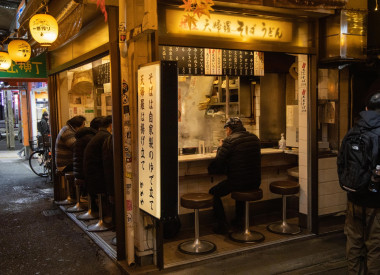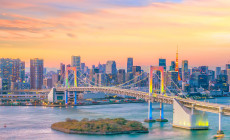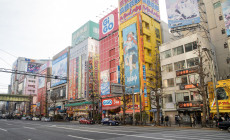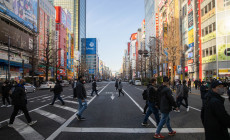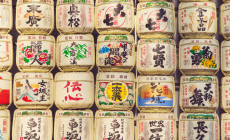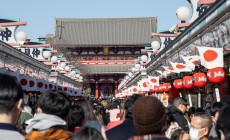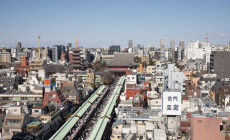-
Latin America
Latin America
- Countries (hidden space)
- Galapagos & Ecuador
- Guatemala
- Mexico
- Panama
- Peru
- Popular Attractions
- Machu Picchu
- Inca Trail
- Easter Island
- Galapagos Islands
- Patagonia
- Rio de Janeiro
- Iguazu Falls
-
Africa
Africa
- Spacer Africa
- South Africa
- Zimbabwe
- Popular Attractions
- Cape Town
- Okavango Delta
- Sossusvlei Dunes
- Victoria Falls
- The Kruger
- The Garden Route
- Masai Mara
-
Asia & Middle East
Asia & Middle East
- Asia
- Borneo (Malaysia)
- Cambodia
- India
- Japan
- Middle East
- Jordan
- Spacer Asia
- Laos
- Sri Lanka
- Uzbekistan
- Vietnam
- Popular Attractions
- Taj Mahal
- Lion Rock (Sigiriya)
- Angkor Wat
- Ha Long Bay
- Kyoto
- Petra
-
Destinations
- Latin America
- Argentina
- Bolivia
- Brazil
- Chile
- Colombia
- Costa Rica
- Galapagos & Ecuador
- Guatemala
- Mexico
- Panama
- Peru
- Asia
- Borneo (Malaysia)
- Cambodia
- India
- Japan
- Laos
- Sri Lanka
- Uzbekistan
- Vietnam
- Middle East
- Jordan
- Southern & East Africa
- Botswana
- Kenya
- Namibia
- South Africa
- Zimbabwe
- Contact Us
-
About
About
Llama Travel provides high quality holidays at the lowest possible prices.
99% recommend us Lower prices - guaranteed Financially protected by ATOL
Once just a tiny fishing village named Edo, Tokyo is now the most populous city in the world, with over 37 million people in its metropolitan area. The city first became politically prominent in 1603, and by the mid-18th century it was already one of the world’s largest cities. The bustling streets are part of the appeal. Standing at Shibuya crossing, or in Shinjuku Station during rush hour, you get a sense of just how many people there are in Tokyo.
Tokyo is known for its distinctive modern aesthetic, with tall reflective sky scrapers and busy streets bathed in neon. Very little of ancient Tokyo remains. The city was completely rebuilt in the 1950s, after the Kanto Earthquake of 1923 and the firebombing raids of the second world war. Buildings such as the Tokyo International Forum, Asahi Beer hall, and Mode Gakuen Cocoon Tower are examples of the city’s bold and futuristic style, which emerged during the period of reconstruction.
Perhaps it’s these efforts to rebuild that gave Tokyo its perpetually forward-looking perspective, which embraces modernity and new subcultures. Today, the city is a hive of weird and wonderful districts. Akihabara “Electric Town” is the spiritual home of Tokyo’s “Otaku” (diehard fan) culture. Here you’ll find shops such as Super Potato, which sells practically every retro game system every produced, and the famous Don Quijote discount store, which sells everything from groceries to high-end fashion goods, and has daily performances from the girl group AKB48. Don Quijote is also an excellent place to pick up Japanese Kit Kats – something of a cultural phenomenon in Tokyo. Japan has had over well over 300 flavours of Kit Kat, from chocobanana to wasabi. Their popularity arises from a linguistic coincidence: “Kit Kat” sounds like the Japanese phrase “Kitto Katsu”, which means “You will surely win”.
In the fashion district of Harajuku you’ll see some of Toyko’s most bizarre and extreme fashion trends, from ‘gothic lolitas’ in black rococo dresses to multicoloured ‘Decoras’ with excessive cutesy accessories. In Shinjuku you can walk down narrow streets lined with neon billboards and visit cupboard-sized drinking dens that fit less than six people.
Tokyo is renowned for its impressive repertoire of outlandishly-themed cafes. There are cafes where you can eat alongside hedgehogs, and cafes run by vampires. There are cafes with chaotic performances by colourful robots, and cafes where female body-builders will squeeze your drinks. There are even cafes where you can fish for your meal then have sashimi chef prepare it for you.
There is also a quieter and more traditional side to Tokyo, seen in its many shrines, gardens and museums. Walking around the forested Meiji Shrine, you can forget that you’re in a bustling city. The Tokyo National Museum and the Imperial Palace are both great ways to connect with Tokyo’s rich history.

